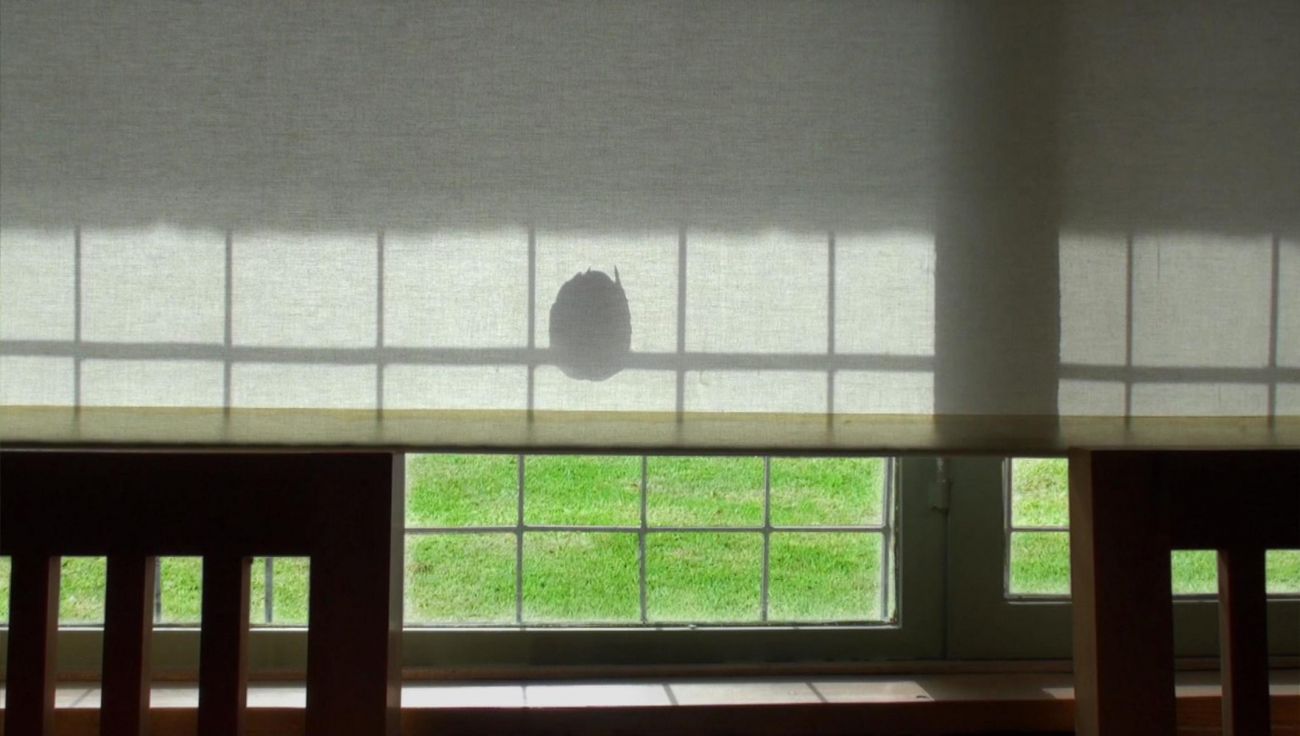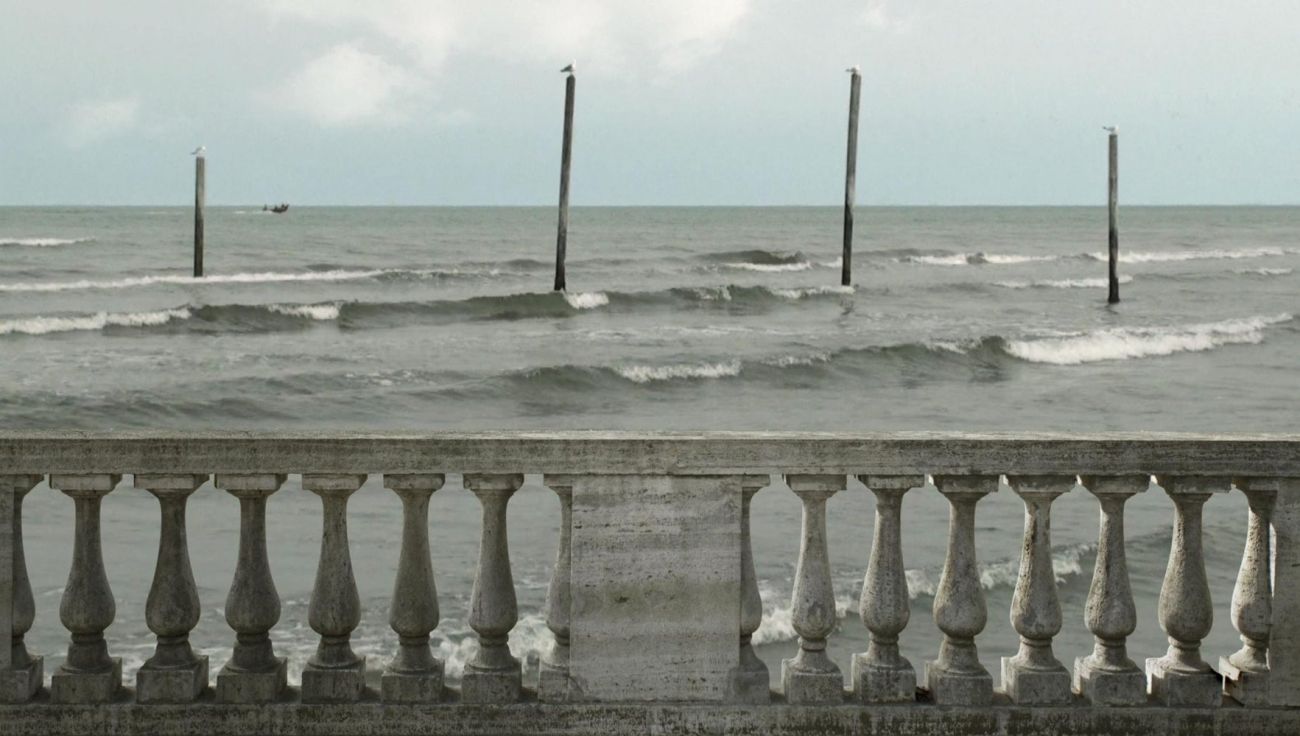On July 4th, 2016, cinema lost one of its living legends in Iranian filmmaker Abbas Kiarostami. For its 70th edition, the Cannes Film Festival rolled out the red carpet for the director’s posthumous final work, the documentary “24 Frames.” One must give credit where credit is due to Cannes for offering up the iconic Grand Theatre Lumière for the premiere of a nonfiction and non-narrative work that is a world apart from the glamour associated with the tapis rouge. Of course, this particular cinema has previously hosted the world premiere of numerous Kiarostami films, most recently “Certified Copy” in 2010 and “Like Someone In Love” in 2012. Even if “24 Frames” has more in common with the director’s avant-garde “Shirin” than his Palme d’Or winner “Taste Of Cherry,” the film is a major work, and particularly indispensable to fans yearning to spend another two hours with a master who was taken too soon.
READ MORE: The 20 Most Anticipated Films Of The 2017 Cannes Film Festival
The outline for “24 Frames” is exceptionally straightforward: in an effort to investigate the ability of cinema to capture reality, Kiarostami chose a series of 23 photographs and one painting for which he imagined four-and-a-half minutes that might proceed or follow the still image. Each of these frames is distinctly demarcated with a numbered title, and a foreword at the outset of the film establishes Kiarostami’s intention with the project. The result is an effort that, within the right frame of mind, is surprisingly accessible.

Setting aside the painting borrowed for Frame 1 — Pieter Bruegel the Elder’s “The Hunters In The Snow,” making for a marvelous hook — the remaining frames cycle through a catalogue of recurring subjects and motifs: turbulent weather, animals of various species, windows and other interior frames, waves lapping onto beaches. Not necessarily offering up an overarching narrative, the repeated elements nonetheless bait the viewer into finding meaning in the collection of shots without ever offering a monolithic interpretation.
“24 Frames” wisely sets out its pace at beginning, meaning there’s no need to check your watch. Not only does the conceit remain involving throughout the two-hour duration, but the film houses a handful of blink-and-you’ll-miss-it moments. Speaking with another viewer after the screening, it was uncertain whether Frame 18 features a dog attacking a bird, or a wild cat — this particular shot is in black-and-white, and one’s interpretation hinges on catching the animal stalking in the extreme background early on. The shooting location for the frames, likely shot over the course of years, is left a mystery — even the importance of the “where” of any image remains up for debate.

As with his other greatest moments — think the inexplicable coda to Palme d’Or winner “Taste Of Cherry” — Kiarostami remains playful throughout the duration of “24 Frames.” With each new shot, the film renews itself and offers up a fresh, immaculate composition to explore. The director’s animated twist on “The Hunters In The Snow” offers up a template, with new motion elements being introduced to the original painting over the course of the shot’s duration: trails of smoke, falling snow, a dog moving from the background of the image to its foreground in order to mark his territory on a tree. From this point on, it’s purely photography, and each shot makes creative use of the quadrants and depth of the film frame.
Despite the fact that “24 Frames” finds the Iranian maestro operating in art-installation mode, the film has many of the key qualities that distinguishes Kiarostami’s more famous fiction efforts. The manner in which the recorded image isolates a unique moment in time — best illustrated by his “Koker Trilogy,” comprised of “Where Is the Friend’s Home?,” “Life, And Nothing More…” and “Through The Olive Trees,” which traces the transformation of the Koker region in Iran after a devastating earthquake — is the main subject of inquiry here, albeit on a microcosmic scale. “24 Frames” snaps still-life photography out of its stasis, giving its images a brief history and miniature stories, even if it’s just the movement of cows in and out of a shot. The context of the frames, albeit effectively limited to the temporal and physical boundaries of the shot, suggests a wider resonance as the sound of gunshots and depiction of barriers recur.

It seemed like the closing shot of “Like Someone In Love” was going to be Abbas Kiarostami’s final statement, and it was certainly an appropriate lasting impression. The culminating close-up of a shattered window in that Japan-set film is truly the filmmaker at his most enigmatic, leaving the fate of the film’s principal characters open to speculation. Picking up the motif of the window frame in a number of its canvases, “24 Frames” deserves to be received as more than just a footnote to Kiarostami’s body of work. Each successive shot is saturated in the director’s preoccupations and playfulness, but the film is first and foremost a work of cinema, and not the installation piece the synopsis suggests. Surely Kiarostami’s spirit, if not necessarily his personage, hides in one (or more) of these 24 frames — perhaps in one of the numerous birds, flitting away before the next image flickers into view. [A-]
Check out the rest of our coverage from the 2017 Cannes Film Festival by clicking here.

